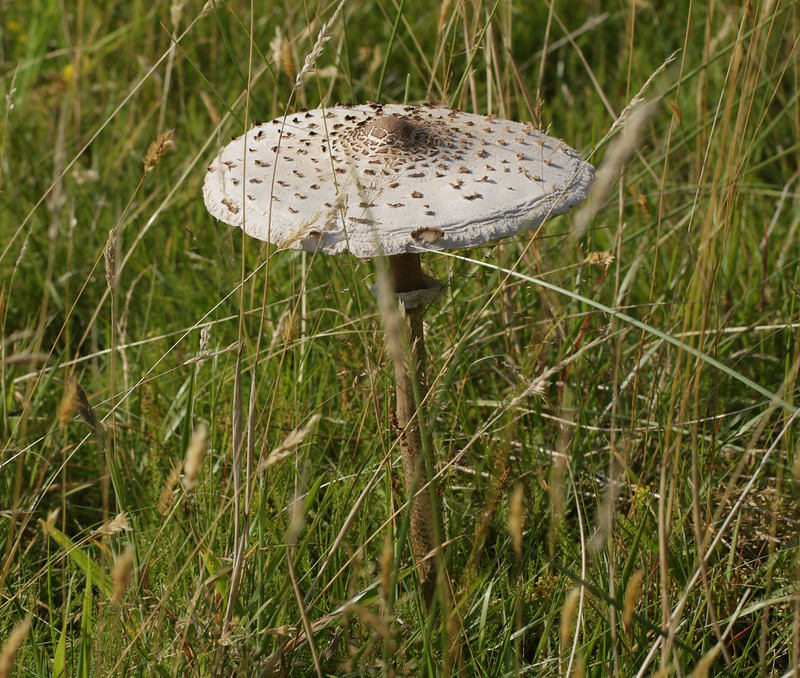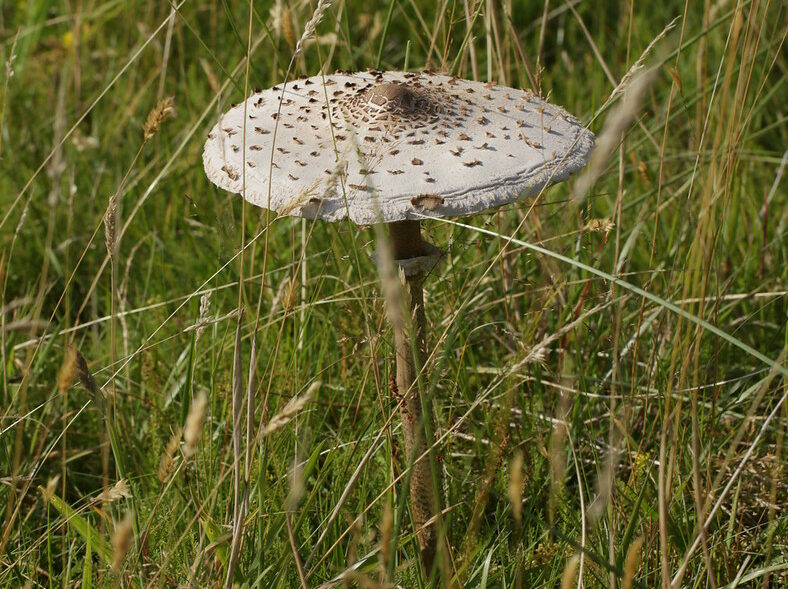
In the early stages of the average mushroom-enthusiast’s journey, there comes a time where you begin to consider where you can take the interest of fungi further. Maybe you have identified all the mushrooms in your garden and want to learn more, or maybe you’ve even been intrepid, foraging and sampling some of the edible species out there, and are left wanting more. What ‘more’ looks like to some people becomes growing your own mushrooms, making spore prints, creating your own ink from the dripping tops of an inkcap mushroom, or perhaps you may want to look down a microscope to explore the sub-perceptual world of fungal microscopy, and that’s what these books aim to facilitate.
However you choose to flesh out your interest, the books below provide an excellent guide to the next steps in mycology.
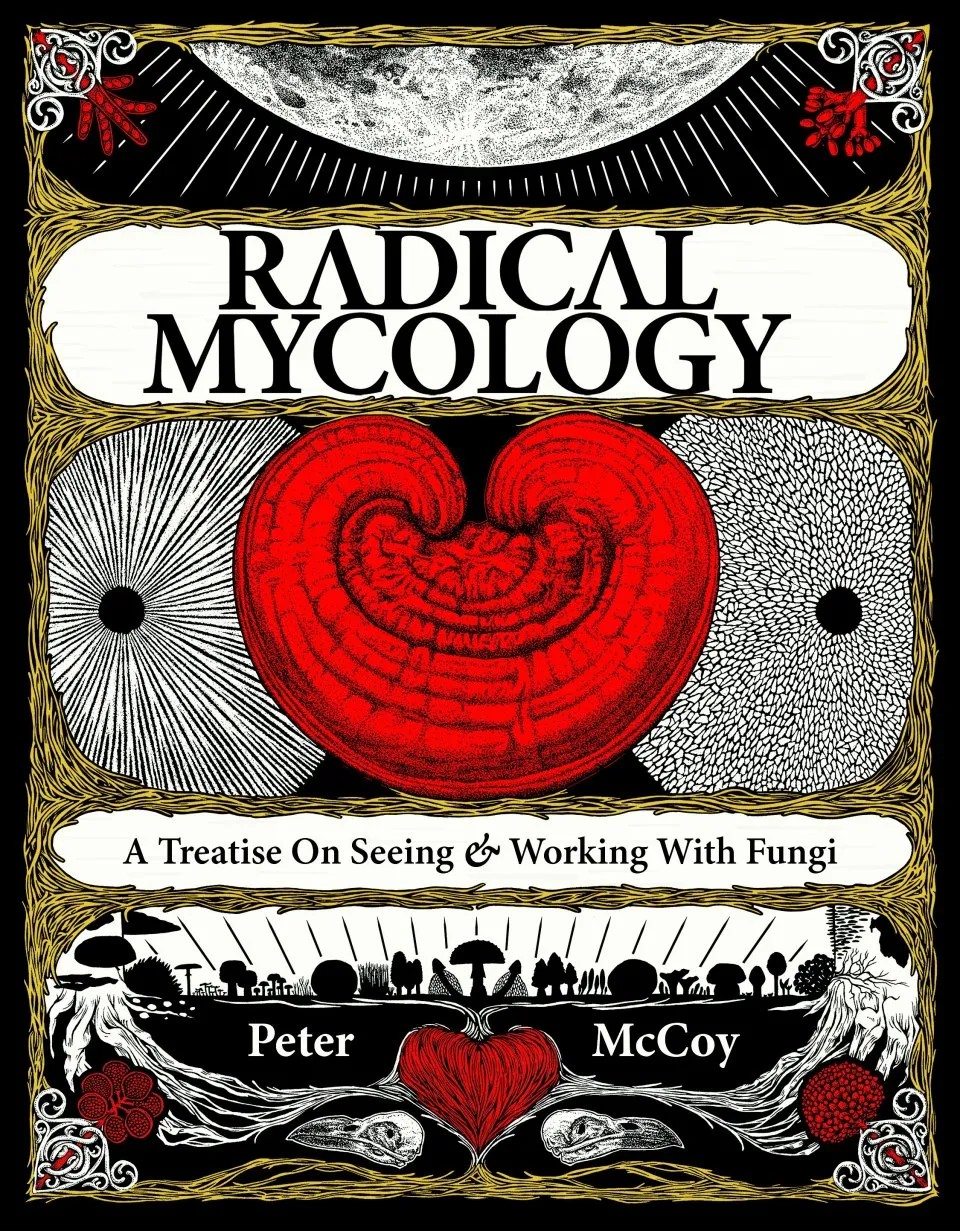 Radical Mycology: A Treatise on Seeing and Working with Fungi
Radical Mycology: A Treatise on Seeing and Working with Fungi
Radical Mycology is an awesome book in a very biblical sense. it inspires awe and in a more modern sense it is simply really, really cool. This book is a single man’s knowledge of all things fungi, distilled into 646 pages of rich prose, instruction and guidance. It moves through topics, that many other books have tackled in single volumes alone, in sections such as ethnomycology, culture, cultivation, medicine (*see footnote) and lab work, and does so in a way that doesn’t feel clunky or dense. I don’t think there is a topic in mycology that isn’t covered by this book in some way, and that to me makes it a unique treasure trove of knowledge. A field guide it is not, being quite large and very heavy, and it is not trying to pretend to be anything other than a treatise on the world of mycology. Filled with activities and projects that you can do yourself, it is not a passive book. It gets you interacting with and manipulating fungi, working with them in a way that you would not otherwise, and for that I think it is highly recommended for every reader, from the beginner to the professional. And if none of that takes your fancy, there is even a section on mushroom–related puns and a printout–and–play boardgame!
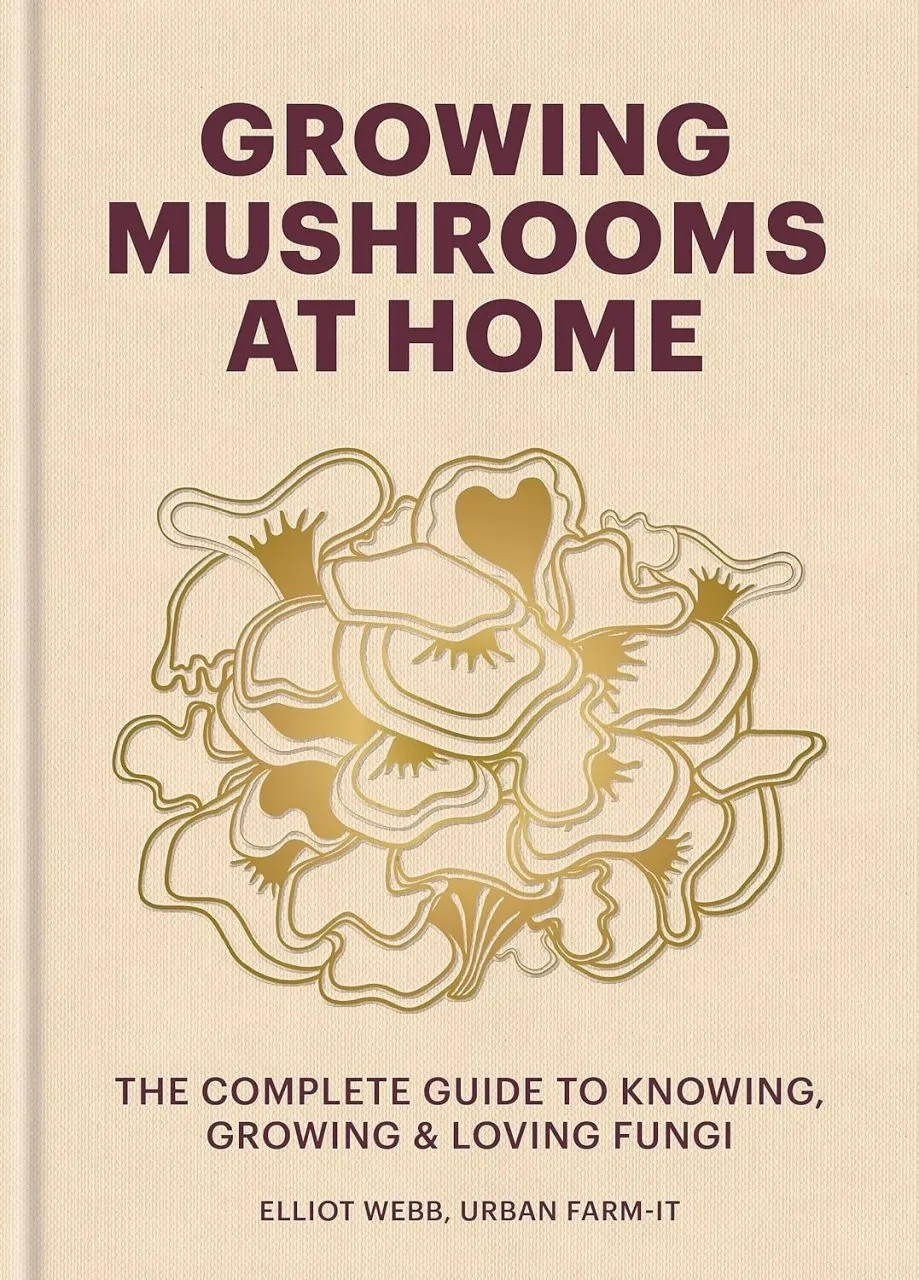 Growing Mushrooms at Home: The Complete Guide to Knowing, Growing and Loving Fungi
Growing Mushrooms at Home: The Complete Guide to Knowing, Growing and Loving Fungi
A more focussed look at cultivation and less dense than Radical Mycology, this book is primarily aimed at beginners who are looking to expand their knowledge of cultivation in its many forms, and is filled with simple, easy to follow text and beautiful images of mushrooms. It is designed to be accessible, so I would wager that this title is not suited for those of you with more experience in the field. But, for a first foray into mushroom cultivation this might be the book for you.
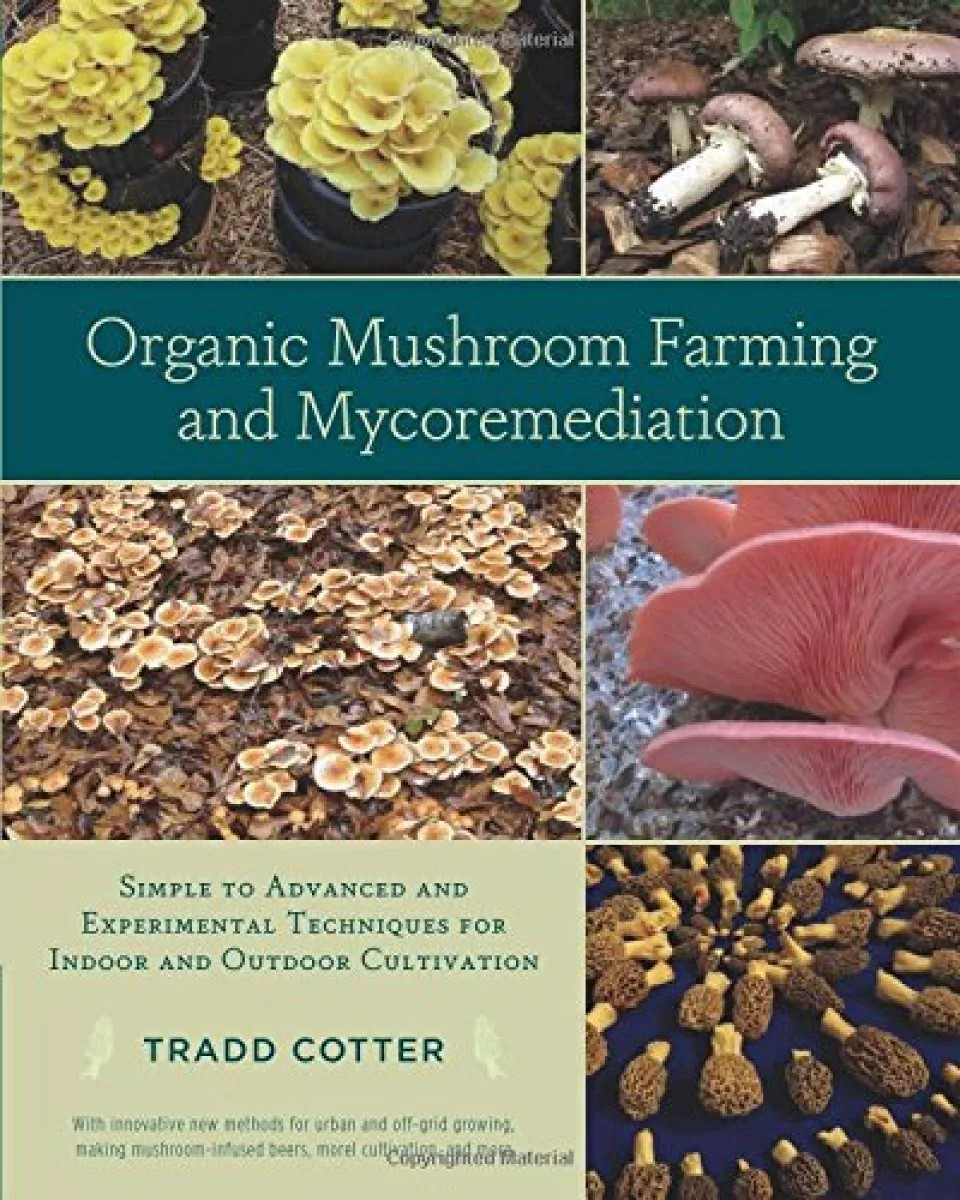 Organic Mushroom Farming and Mycoremediation: Simple to Advanced and Experimental Techniques for Indoor and Outdoor Cultivation
Organic Mushroom Farming and Mycoremediation: Simple to Advanced and Experimental Techniques for Indoor and Outdoor Cultivation
Organic Mushroom Farming and Mycoremediation takes a deeper dive into the same topic as the previous title. The book spans from easy projects that you can do at home with very little resources, to more advanced techniques that even the most experienced mycologist would enjoy having under their belt. The book also touches on mycoremediation (using mushrooms to improve the environment, from pollutants etc.), which is a wholly worthy topic on its own and will open your eyes to the potential for individuals to change the world for the better. After all, anyone who’s anyone in mycology has tried growing mushrooms on their old clothes, right?
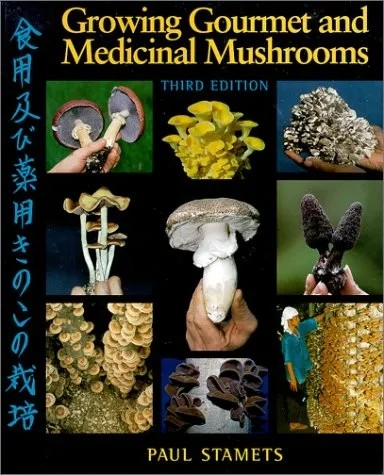 Growing Gourmet and Medicinal Mushrooms: A Companion Guide to the Mushroom Cultivator
Growing Gourmet and Medicinal Mushrooms: A Companion Guide to the Mushroom Cultivator
No list of mushroom cultivation books would be complete without a title by Paul Stamets – and this one is no exception. A dated publication now, owing to its original publishing in 1988 and subsequent re-prints in 1994 and 2000, have meant this this book has taken a back seat to the new shiny covers in the field. However, this has not dulled its brilliance at all, and it remains one of the most influential books on mushroom cultivation. The book contains foundational knowledge on mushroom cultivation for the amateur grower and is still held in high regard by anyone with a slight interest in modern mushroom cultivation. A must read and a true introduction to mastering the art of mushroom cultivation.ng mycologist.
* ‘Mushroom medicine’ is a term used often in fungal–oriented literature, and sometimes quite liberally. I would be remiss to note that processes, procedures and purported effects are anecdotal and not always backed up by peer–reviewed empirical research, and in a lot of cases research is ongoing. This is not to say it is not true, it’s to say that more research is usually needed. Be aware of the legality of foraging mushrooms in your area and remember, don’t munch on a hunch! Always ID your mushrooms and if you are not 100% confident consult a professional.

